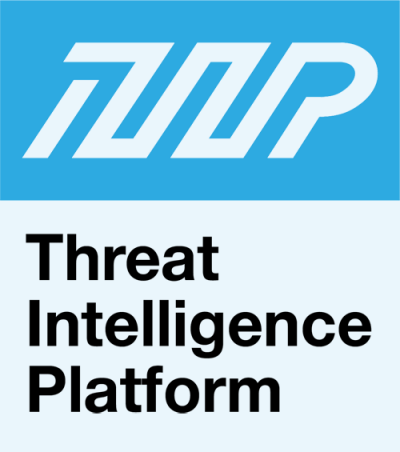


|
||
|
||
Businesses today have to deal with cybersecurity issues daily. Recent trends show an ever-increasing number of hacked networks and breached data. Studies also show that those victimized often have weak cybersecurity measures in place, forcing them to spend more on resources to combat oncoming attacks.
No matter how much money a company spends on security solutions, however, cybersecurity professionals would likely fight a losing battle if they rely mostly on manual processes. Here is why.
Efficient Third-Party Threat Intelligence for SOCs
Security operations centers (SOCs) deal with countless security alerts every day. In fact, each security analyst deals with an average of 20-25 incidents a day. Without proper context, it would be difficult for them to triage alerts. Working exclusively with internal data, for instance, could present minimal insights into emerging or enhanced threats.
Additionally, relying on manual processes leaves little to no time to do counterchecks on each alert that comes. An analyst would need to spend an average of 13 to 18 minutes to compare indicators of compromise (IoCs) to logs and threat intelligence. This process becomes longer when data formats don’t match.
As such, analysts can benefit from integrating well-parsed and well-structured third-party threat intelligence APIs into security solutions. Reliable threat intelligence data feeds can also improve SOC incident response by providing more information on attack sources. Some of these include:
Improving Incident Response for SOCs
Threat intelligence APIs and data feeds can be used to verify the nature of any URL, domain, or IP address in an organization’s traffic log. Integrating them into security solutions lessens the need to do manual checks to see if each URL in the log is malicious or not. All known malicious URLs obtained from such tools can automatically be added to a blacklist so that employees do not land on a malware-laden site or page or receive less phishing and other malicious e-mails.
Threat intelligence sources are also useful in proactive detection and prevention. Not all security solutions can address emerging threats. Some still require updates to deal with new types of malware, for instance. These solutions mostly rely on their own internal threat sources. However, because third-party threat data feeds gather information from various sources, they may have what some security solutions lack.
One solution that can benefit from additional threat intelligence is security orchestration, automation, and response (SOAR). Using well-structured datasets reduces manual processing and filtering, allowing SOCs to prioritize the most significant threats.
It’s important to note, however, that obtaining useful threat intelligence means more than just adding APIs and feeds to cybersecurity solutions. To truly provide value, threat data must provide context to already-existing internal data. As such, internally and externally sourced information must be comparable and, therefore, correlatable.
* * *
It’s my belief that SOCs can significantly benefit from employing third-party threat intelligence, particularly if they want to put context to their network information. Integrating threat intelligence APIs and data feeds into their solutions is one way to streamline manual verification processes that take up a considerable chunk of staff members’ valuable time.
Sponsored byIPv4.Global

Sponsored byCSC

Sponsored byVerisign

Sponsored byWhoisXML API

Sponsored byRadix

Sponsored byVerisign

Sponsored byDNIB.com
